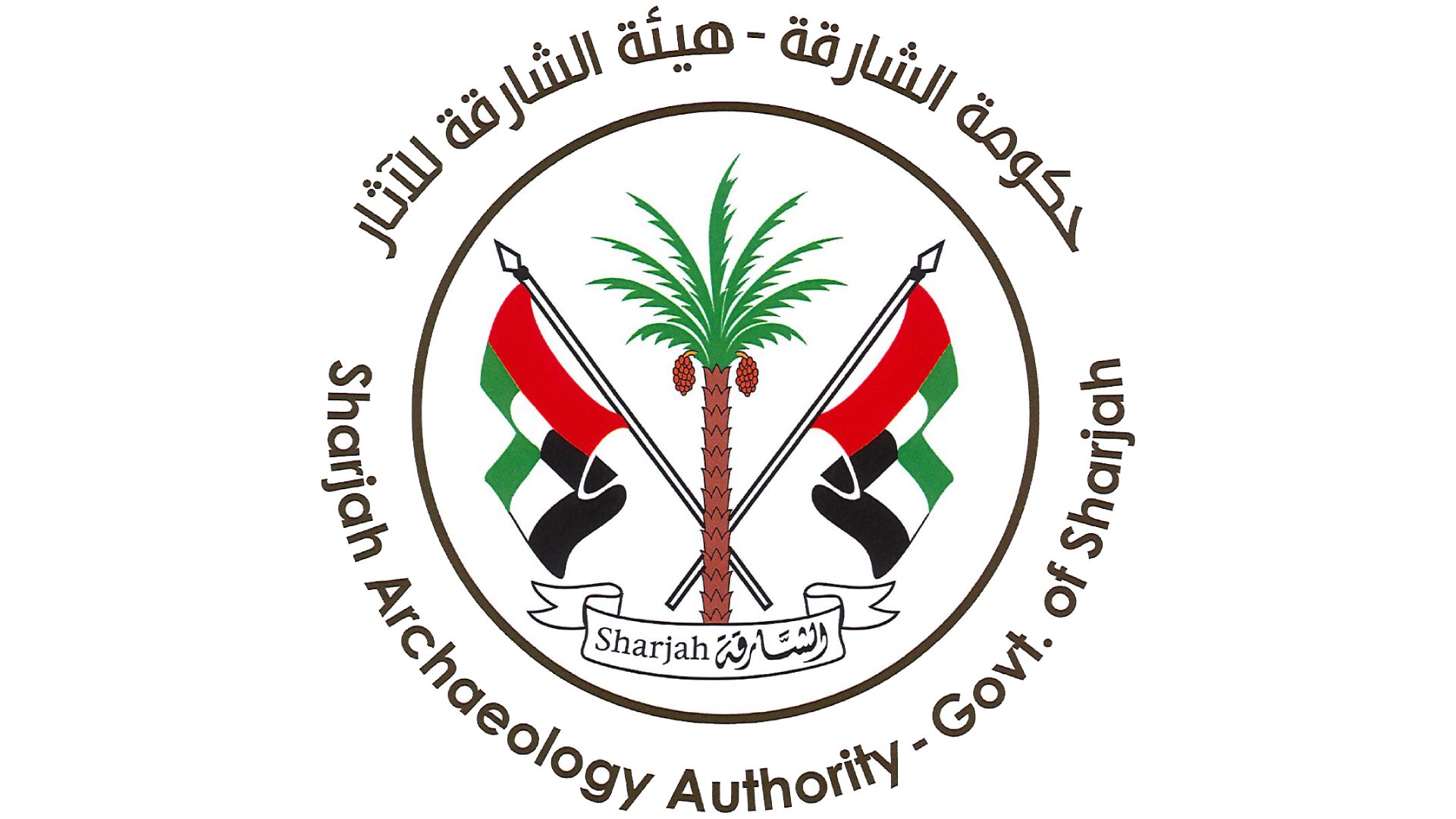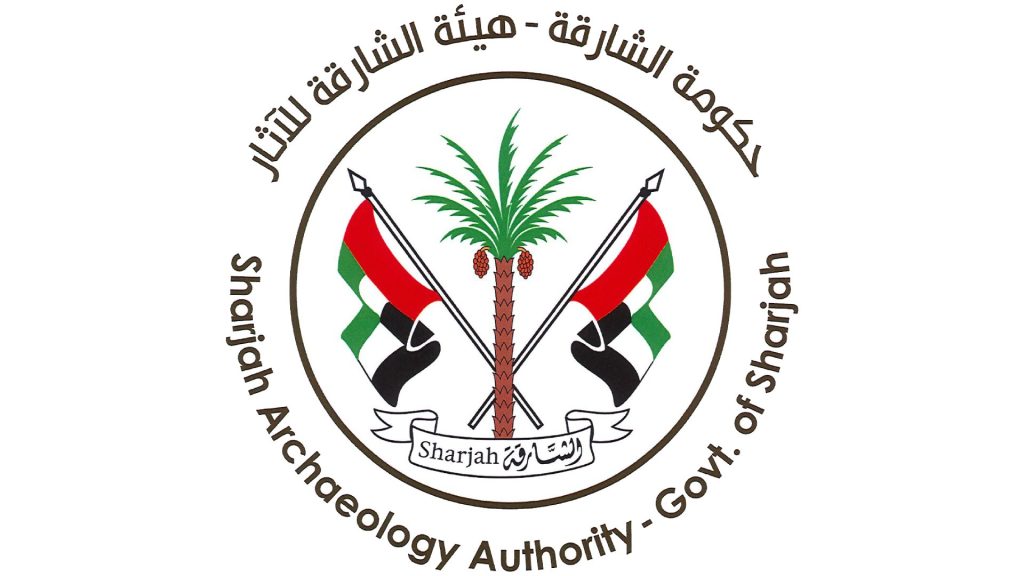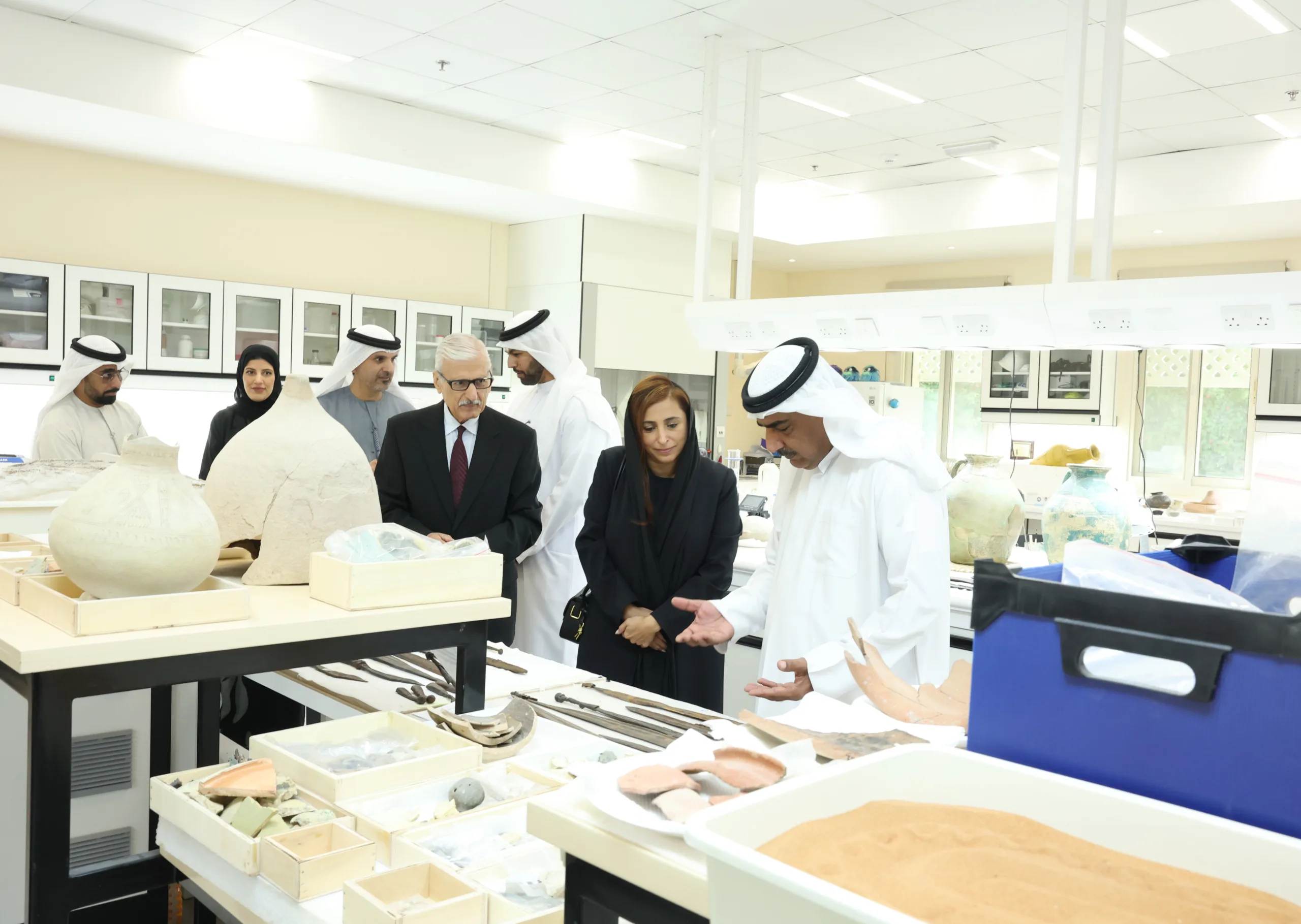Represented by Issa Yousef director of Physical archaeology and heritage department at the Authority, Sharjah Archaeology Authority participated in the regional program for the Near East and North AFRICA under patronage of education and culture affairs office and the international visitor office in the US State Department. It recently concluded its agenda in Meribian International Center in the USA. It discussed the ways to protect the cultural heritage sites especially the national parks showing the roots of the ancient human beings and the settlements constructed in the past.
The Regional Program for the Near East and North Africa was launched in the year 1940, based on the Memoranda of Understanding and Mutual Cooperation between the United States and other countries in many areas, including the field of archaeology and cultural heritage protection for people around the world, through mutual visits that deepen the vision and experience of technologies and practices. Preserving the historical treasures and providing the appropriate conditions for their permanence and the continuity of their physical and moral splendor, to contribute to the preservation of folklore, monuments and tangible and intangible heritage.
Issa Yousef confirmed that the program allowed him to get first-hand knowledge of new and innovative ways to restore, maintain and preserve archaeology as well as document archaeological sites, as the program included visits to sites that were attached to the World Heritage sites approved by UNESCO, noting that the way to document these sites is important in view of the presence of archaeological sites in Sharjah, which need strategies and plans to preserve, manage, and highlight its historical and cultural aspects to be presented to tourists, the public and the interested ones.
The program included a cultural tour in several US states and provinces that focused on clear and practical interest in combating illegal acts such as looting, vandalism, theft of archaeology, and the threat to the archaeological treasures that are considered a comprehensive human heritage, and began with a visit to the capital, Washington, DC, where several meetings were held at the Meridian International Center in the presence of Matilda Eldirdi, Program Officer for the International Visitor’s Office in the Middle East and North Africa Branch, and in-charge of Educational and Cultural Affairs Office of the US Department of State.
Also, a visit was paid to “Smith Shonian” Center for Technical Researches specialized in collecting archaeological pieces and exhibiting the same in the museums. It is an important center for knowledge, history, and scientific technologies providing research-based studies on such artistic and anthropologic pieces. This is in addition to enacting the laws pertaining to protection of cultural property, besides visiting the Defense Headquarters Pentagon to highlight the ministry’s role in protecting the cultural and heritage sites in the countries suffering from civil tensions and armed conflicts.
Also, State of Arizona was among the visited places, where New Orleans City Council explained to the delegates the heritage and historical sites of the ancient settlements which arose on the banks of Mississippi River and the protocols followed by the museums in the said State to maintain and preserve these sites and to show the most important discoveries therein.
The delegates also visited Santa Fe in New Mexico State – an important area in terms of history as it is home for the American Indians’ settlements, or so called “Chaco Culture” where the delegates got introduced to the American Indians’ daily life practices and religious rites and the caves that sheltered them, in addition to the models and designs of houses and the kinds of fashions and industry of manual weapons they made uniquely.
The program was concluded with a visit to New York City – the most important place in the program because it included sightseeing the articles and pieces in the most notable museums such as Cresteez Open Auctions House, and Customs and Borders Protection Department and the National Security Department, in addition to Metropolitan Museum and Berkline Museum.



